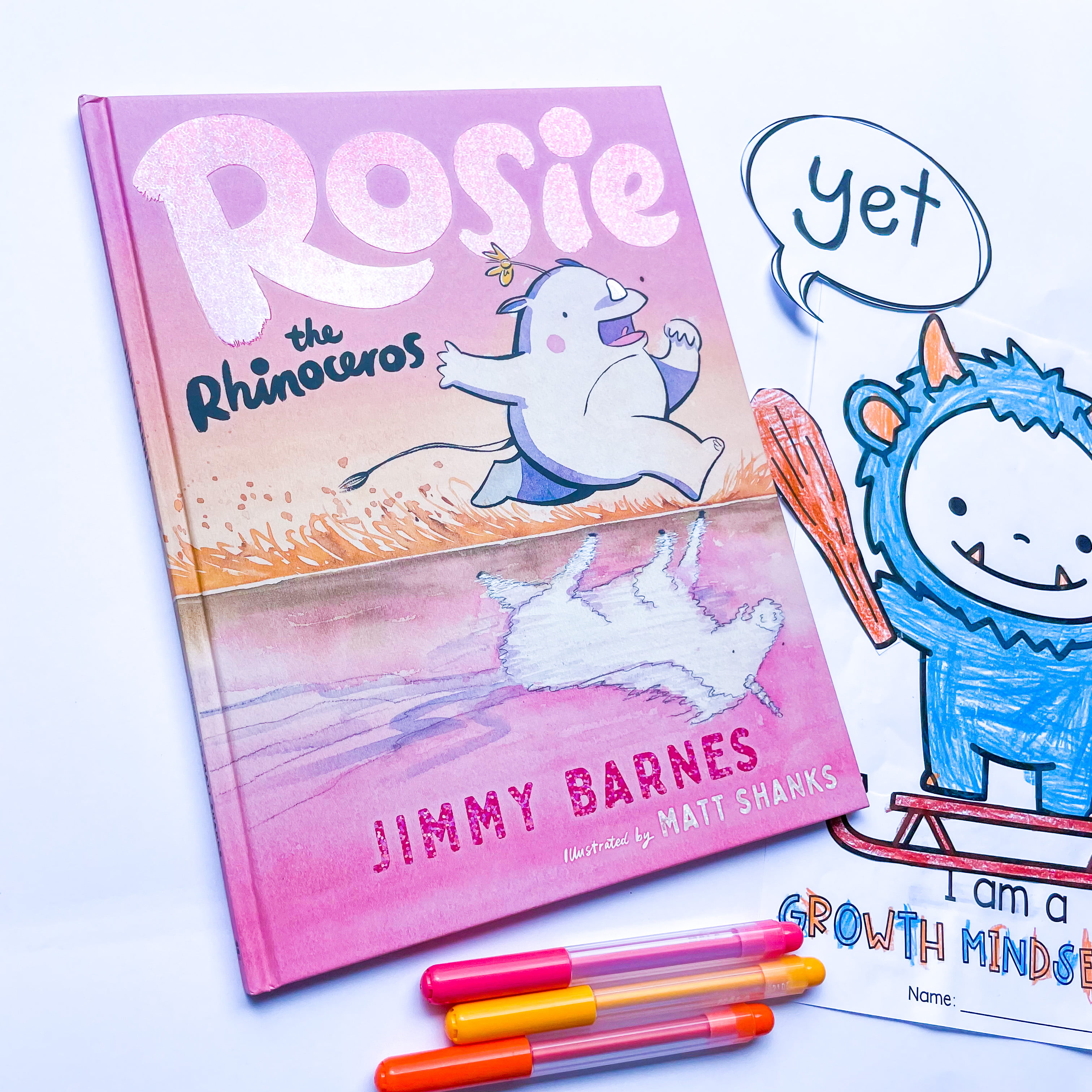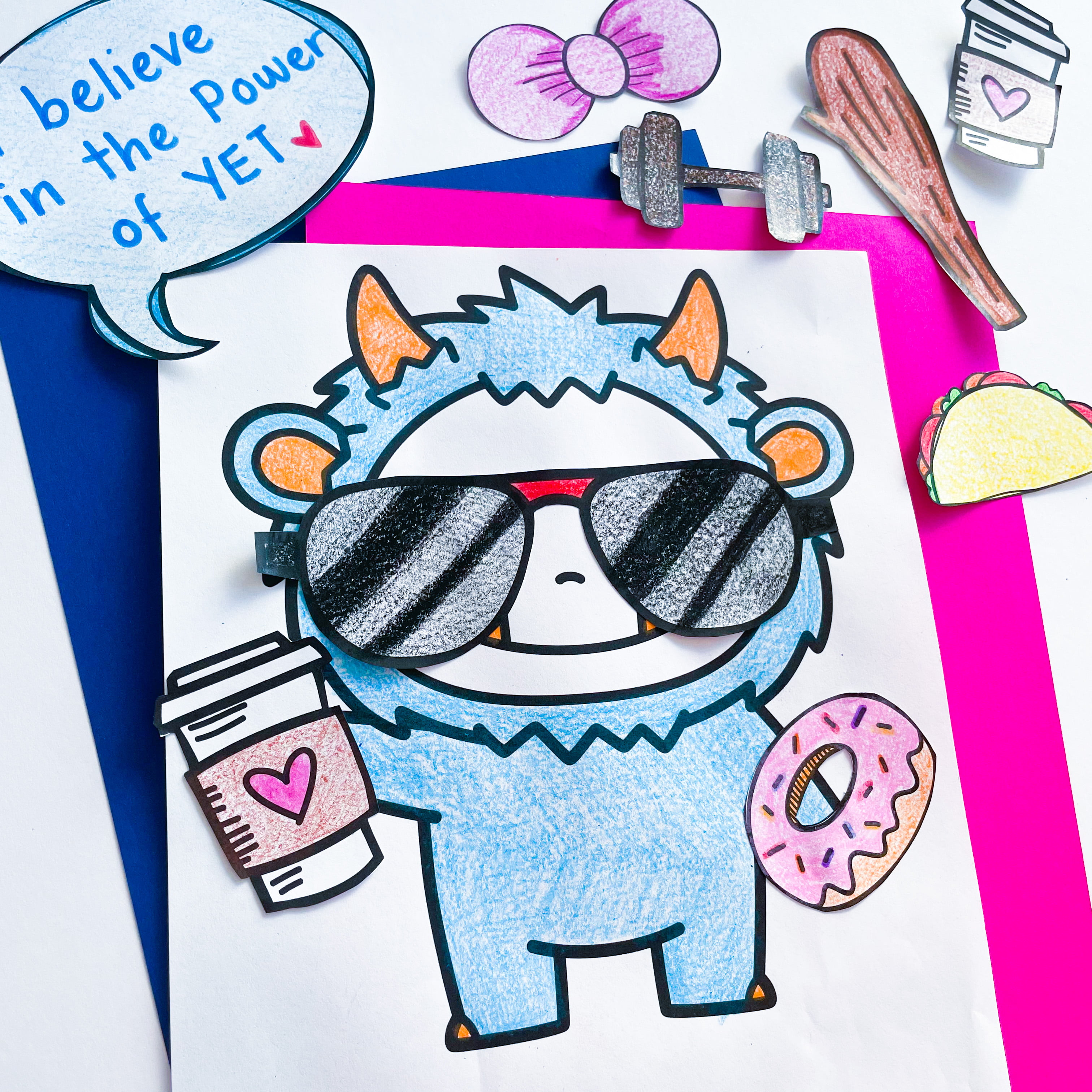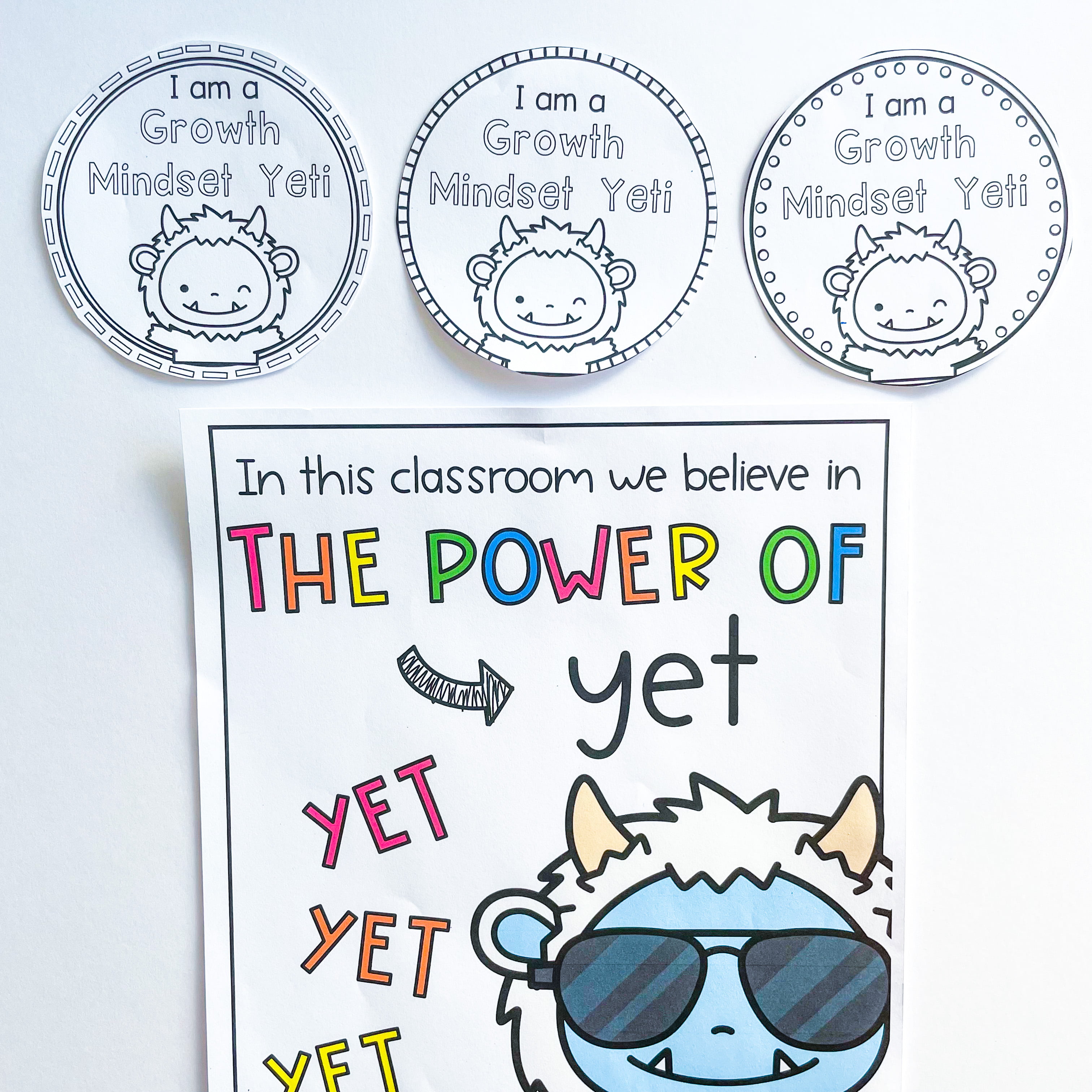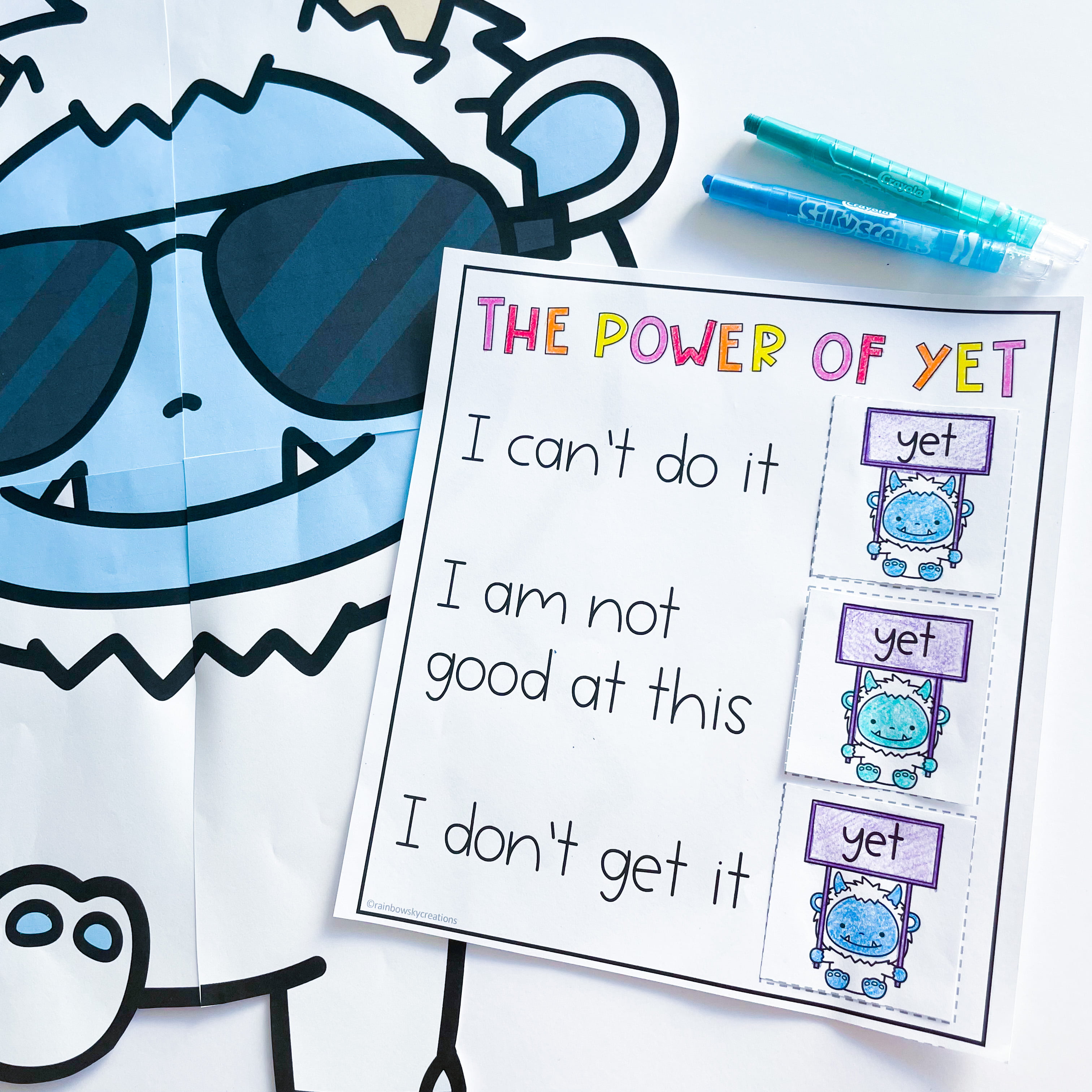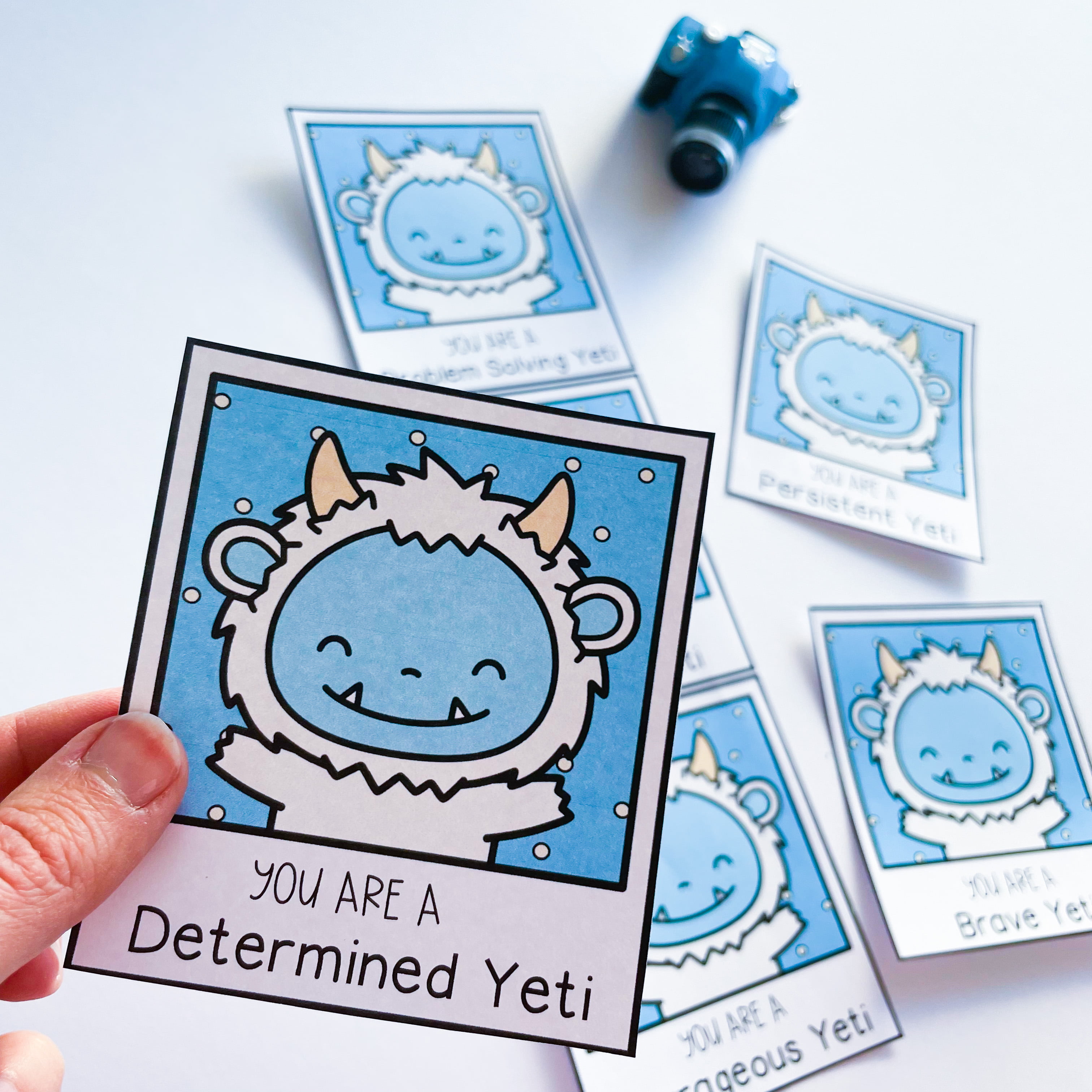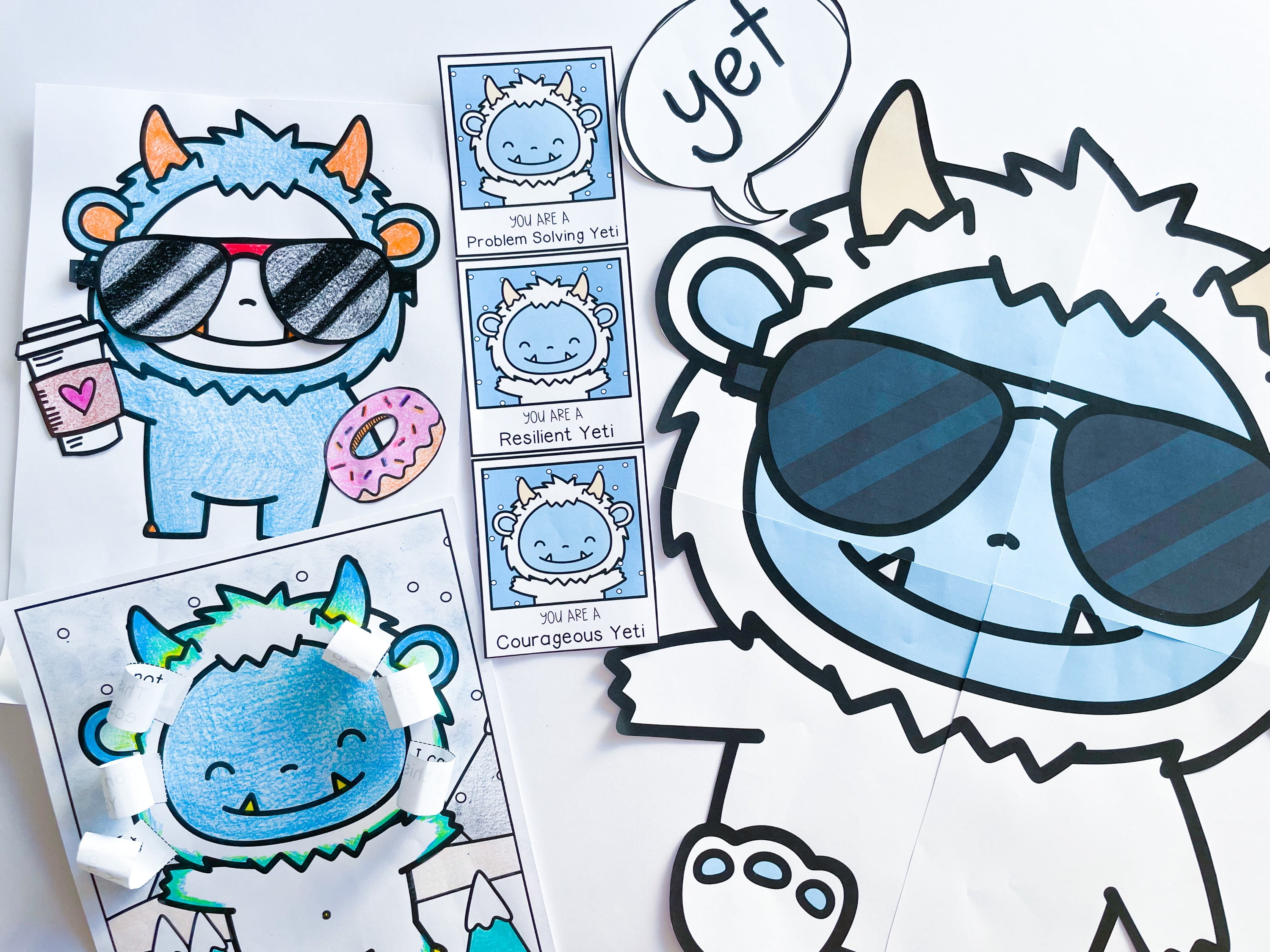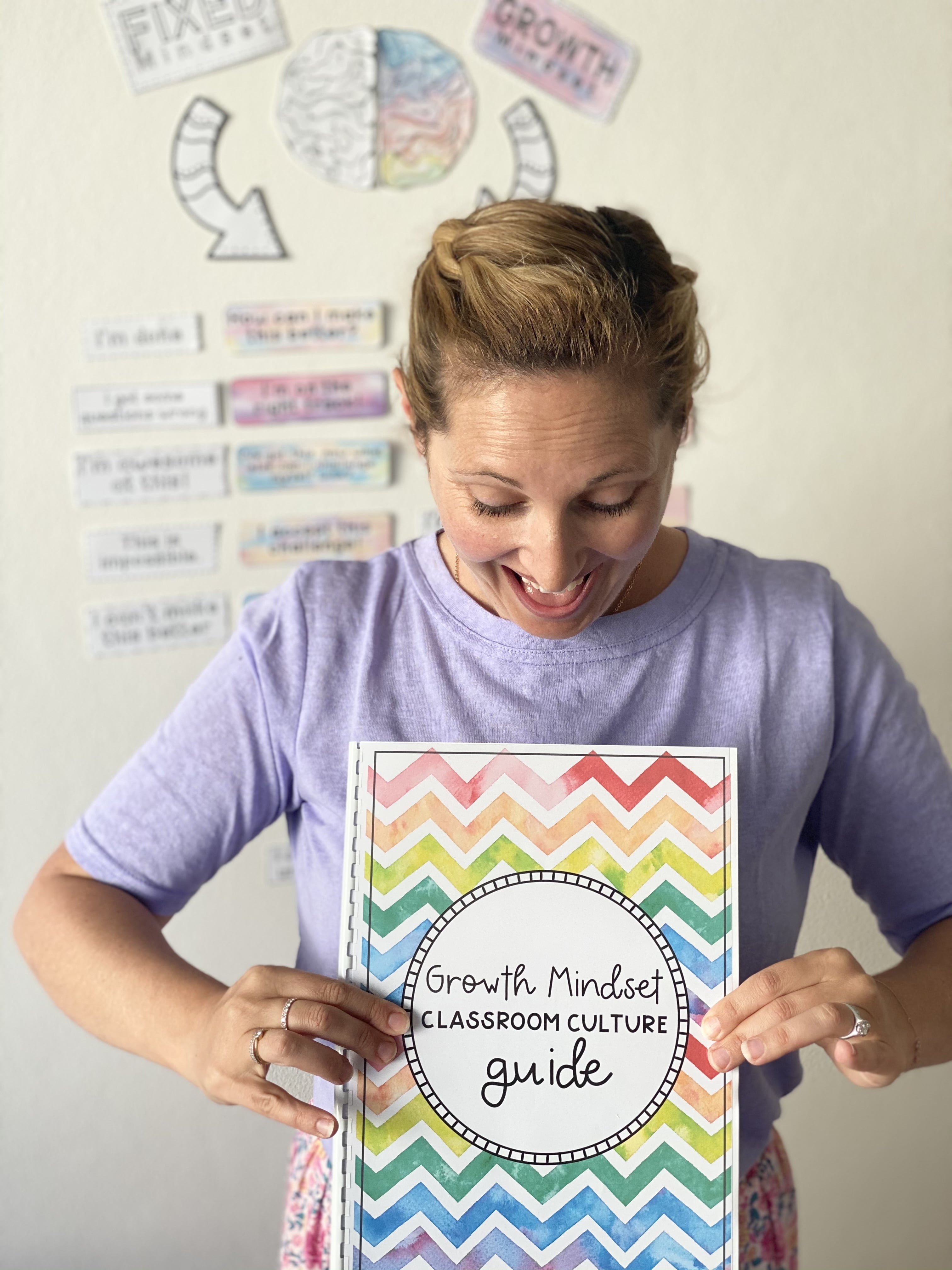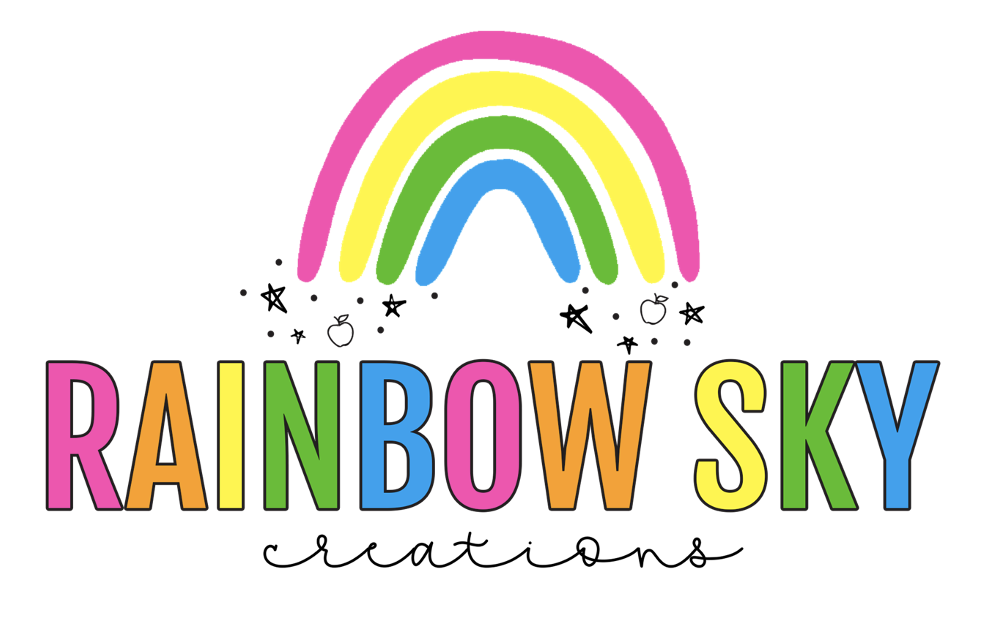It is never too early to begin developing a growth mindset with your students. Starting earlier will set them up for future success in their learning, particularly when they face the many inevitable challenges in life.
The challenge for us as teachers is that our lessons about growth mindset need to be age-appropriate. There are loads of ideas available for middle and late primary, but what about the little ones?
Here are 5 lesson ideas you can use with Early Learners to get them ready to grow and strengthen their brains with a growth mindset outlook:
1. Introduce ideas through quality literature
What early years teacher doesn’t love a good picture book? They are a great way to introduce new ideas. Start by reading quality books about Growth Mindset and how circumstances and situations play out in real life for the characters.
Here are some suggestions of books appropriate for younger learners:
“Flight School” by Lita Judge
“Beautiful Oops” by Barney
“Giraffes Can’t Dance” by Giles
“The Dot” by Peter Reynolds
“Pete the Cat: I Love my White Shoes” by Eric
“The Koala who Could” by Rachel Bright
“Everyone can Learn to Ride a bicycle” by Chris
“Rosie the Rhinoceros” by Jimmy Barnes
Special shout out to Mrs Palmervale, Kindergarten teacher, who helped us curate this list of wonderful titles.
Sharing a book is a good starting point for the activities suggested below. If you teach older students, check out these suggestions.
2. Make Growth Mindset Yeti’s
Growth Mindset Yeti’s are a fun way to introduce the idea of the Power of Yet to younger students. Make or decorate Yeti’s and teach your students that they might not be able to do something YET!
3. Create a class display
It is essential that our classroom environment reflects the values and attitudes we are teaching our little learners. Dedicate a spot on your classroom wall to having a growth mindset. For little ones, you might want to display a ‘Yet Yeti’ with simple statements around it, or you might encourage students to contribute with other words and pictures that represent what a growth mindset looks like, feels like and sounds like.
4. Teach positive statements / positive self-talk
We all need to hear things repeatedly for them to sink in. Reading students’ picture books with growth mindset messages, giving them class slogans like “Good Learners make Mistakes”, or regularly referencing your growth mindset display are all excellent places to start. Another way you could implement positive statements is in a cut and paste activity where students are reading the statements themselves.
Some positive statements we like to use with younger learners are:
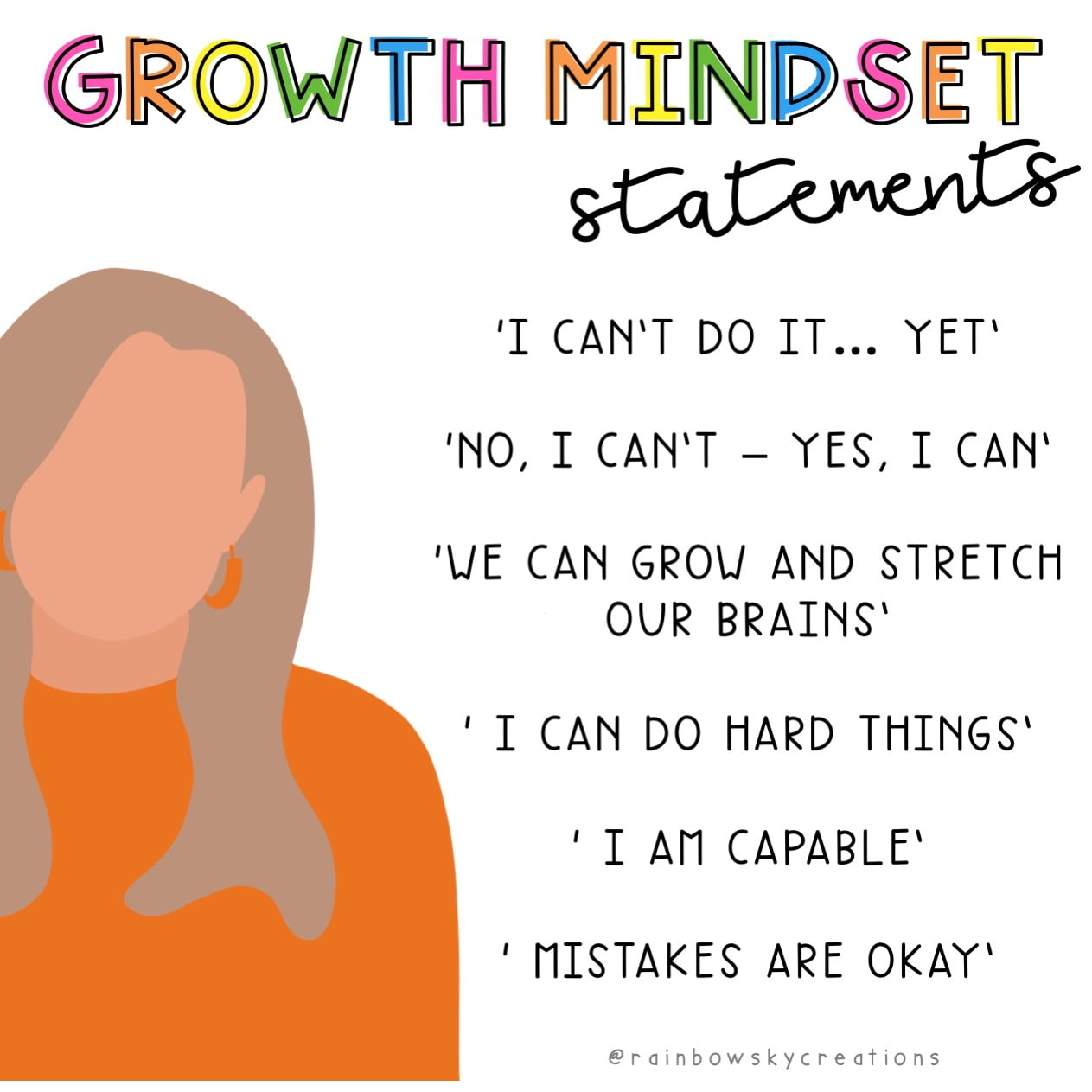
5. Choose a Growth Mindset SUPERPOWER
Teach your students that having a Growth Mindset is like having a superpower that they are in charge of!
We like to link the idea of ‘Growth Mindset Superpowers’ with the ‘Yeti’s’ again. Ask your little learners to choose a word: Brave, Strong, Problem Solver, Hard worker etc. They place the word inside the ‘Growth Mindset Yeti’ and now they have a visual reminder to display on how to have a growth mindset at school.
Ultimately, the purpose of these lessons is to reinforce how persistence, hard work and self-belief can lead to success. It doesn’t matter what age your students are, this is a key learning attitude we need to explicitly teach and foster.
Need to get your hands on the Yet Yeti resource?
Click here. 
For more help with implementing Growth Mindset in your classroom, check our our FREE teacher guide.
What to read next:
How to recognise Growth Mindset in your classroom
